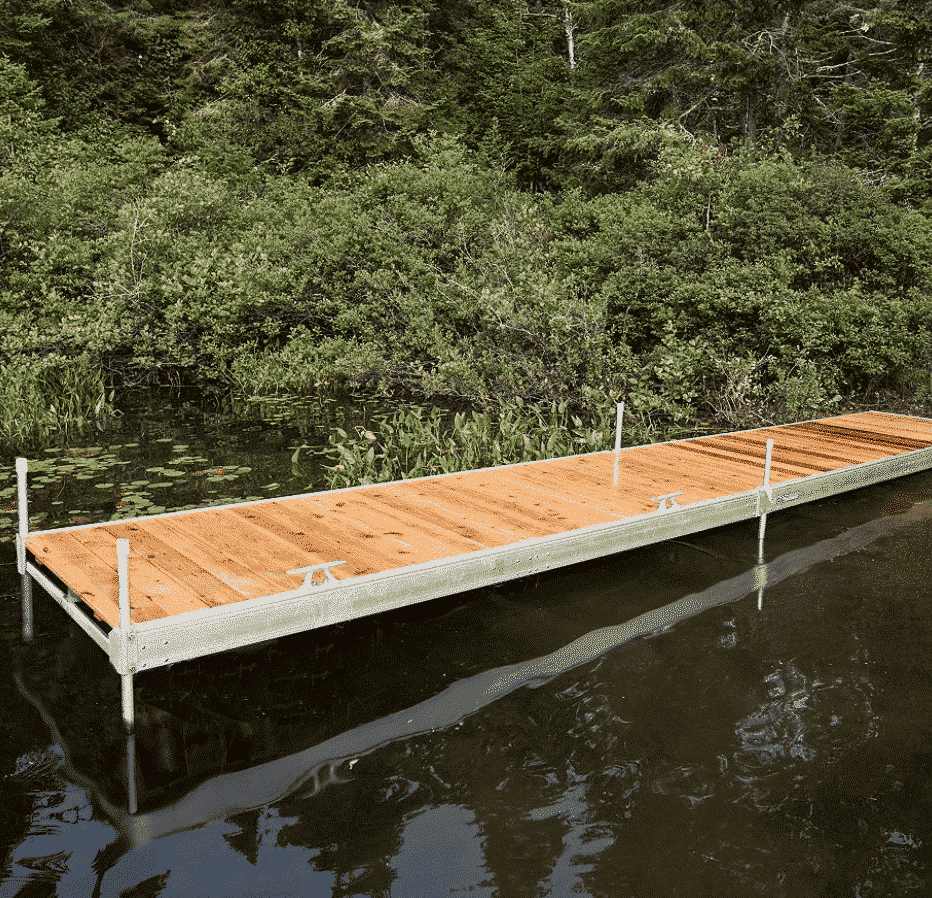Innovative dock designs have evolved significantly in recent years, with a focus on enhancing both aesthetics and functionality while ensuring durability in challenging waterfront environments. Whether for personal or commercial use, modern docks now offer a seamless experience that integrates seamlessly with the surrounding landscape while serving practical needs such as boat docking, storage, and social gathering. The following explores some of the most innovative trends in dock designs that are transforming the waterfront experience. One of the most prominent advancements in dock design is the integration of sustainable and environmentally friendly materials. Traditional wood docks have been replaced by materials such as composite decking, which combines wood fibers and recycled plastics. This not only offers the same aesthetic appeal as wood but also provides superior durability, resistance to weather elements, and minimal maintenance. These composite materials are impervious to rot, warping, and splintering, which makes them ideal for long-term use in harsh marine environments. Additionally, recycled plastic docks are being introduced, reducing waste and promoting eco-conscious construction.

Another innovation that has gained traction is modular dock systems. These systems offer flexibility and scalability, making them ideal for properties with fluctuating water levels or changing requirements. Modular docks are easy to install and can be customized to fit specific needs, whether for smaller boats or larger yachts. The ability to expand or adjust the dock layout provides an adaptable solution for both residential and commercial waterfront properties. This design flexibility also allows for the integration of additional features like floating platforms, jet ski ramps, and dockside seating, creating a multifunctional space. Moreover, jet ski floating dock for sale systems has become increasingly popular, particularly in regions with tides or fluctuating water levels. Floating docks adjust to the changing water levels, ensuring a consistent experience for boat owners and users. These docks are typically supported by pontoons or other buoyant materials, which give them the ability to stay level with the water. Floating docks can be constructed from a variety of materials, including aluminum, which is both lightweight and corrosion-resistant, ensuring longevity in marine environments.
This adaptability is especially important for waterfront areas where water levels can rise and fall significantly, making traditional fixed docks less reliable. For those looking to enhance the visual appeal of their docks, innovative lighting solutions have also emerged. LED lighting systems integrated into the dock structure can create a striking visual effect at night, illuminating walkways, boat slips, and surrounding areas. Solar-powered lights have also gained popularity, offering an eco-friendly alternative that does not rely on external power sources. This lighting not only adds to the ambiance but also increases safety and visibility during nighttime use, making floating dock manufacturer more accessible and user-friendly. In terms of structural design, the use of steel and aluminum in dock frames has grown due to their durability and resistance to corrosion. These metals are particularly advantageous in coastal areas where saltwater exposure can quickly degrade less resilient materials. Steel and aluminum provide strength and stability, ensuring that docks remain secure under heavy use or in extreme weather conditions.
